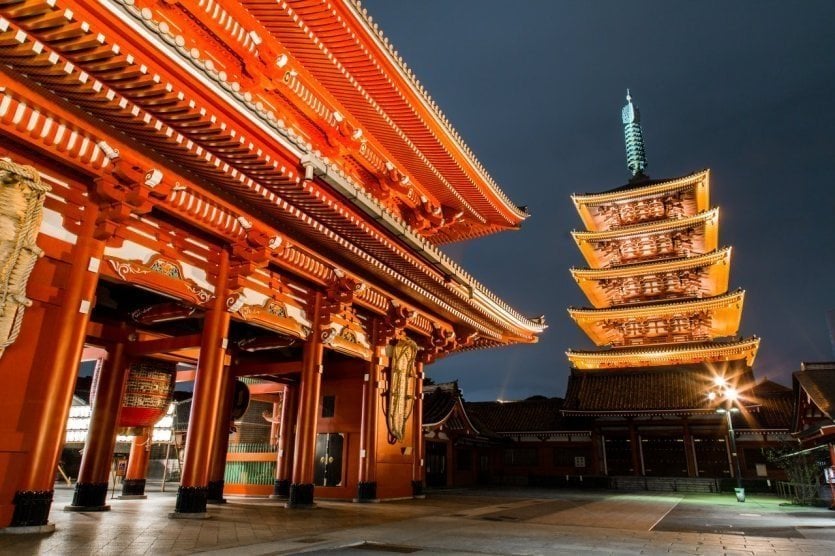
Located in East Asia, Japan is separated from the mainland by the Japan and China Seas. It's a country of great cultural wealth, blending the Japanese art of living with more Western codes. Familiar with its temples and bustling megalopolises, it is less often imagined as a nature destination. And yet, you shouldn't hesitate to get off the beaten track, as it has plenty to surprise you. Here are our 21 must-sees for a trip to the Land of the Rising Sun, a destination that combines ultra-modernity with tradition.
1- Tokyo, the obvious choice
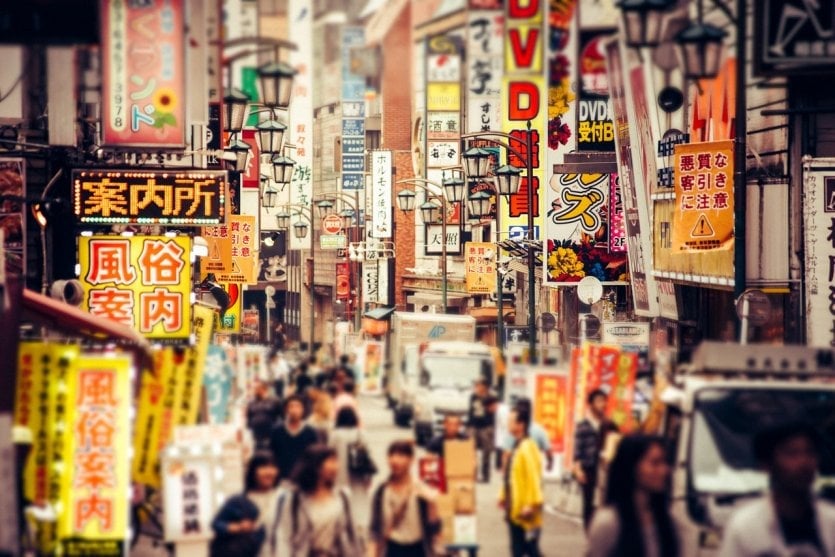
Japan's capital is a city of excess , and the temple of video games and new technologies is the perfect place to soak up the crowds. A visit to the Akihabara district is a must, with its department stores and multi-storey arcades. Shibuya and Shinjuku are also districts bursting with life. Later, take a trip to the free City Hall observatory for an incredible view of the entire megalopolis. For travelers seeking more tranquility, Tokyo also boasts more traditional, residential districts. And a bike ride through Yoyogi Park is another way to enjoy a little peace and quiet. Explore Tokyo at your own pace by purchasing your tokyo multi-stop bus ticket !
2- Take time to admire Mount Fuji
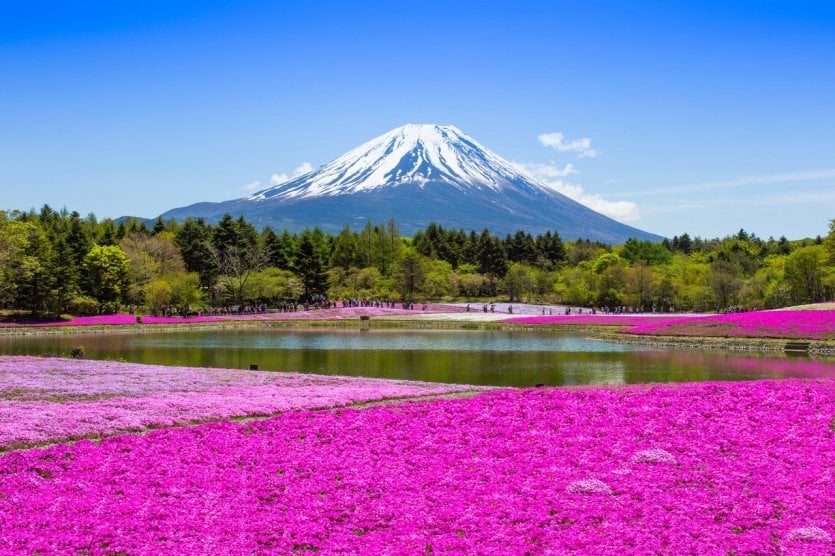
Mount Fuji is a volcanic cone-shaped mountain and one of the country's symbols. It lies 100 km southwest of Tokyo and rises to an altitude of 3,776 meters. Around it, travellers can enjoy sumptuous landscapes, with Mount Fuji surrounded by large lakes such as Ashi and Kawaguchi, which are ideal for strolling. Kawaguchiko offers a sublime panorama of this sacred volcano, which holds a special place in the hearts of the Japanese. The most courageous can also tackle its ascent, the grail of hiking being to admire the sunrise or sunset from its summit.
Would you like to discover Mount Fuji, explore Lake Kawaguchi and the surrounding area? We recommend that you book your guided tour in advance right here!
3- Enjoy the riches of Kyoto
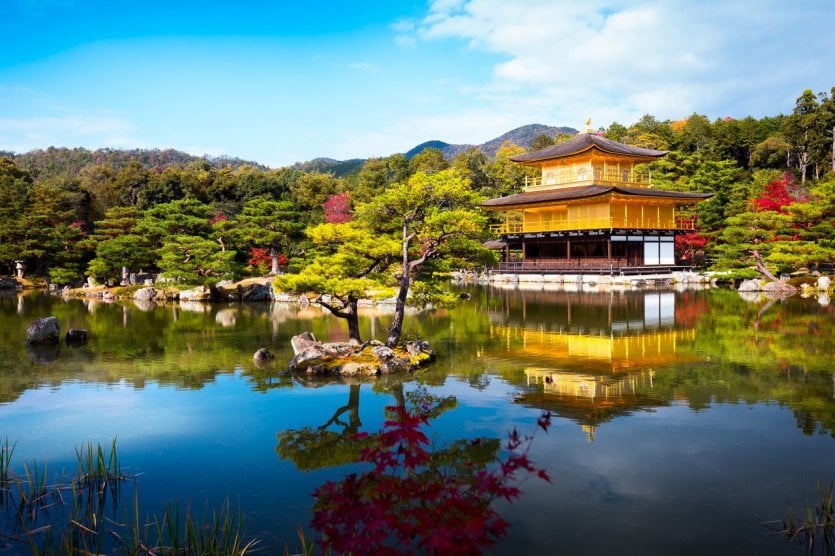
When visiting Japan, don't miss a trip to Kyoto, a cultural metropolis par excellence. There are many temples and palaces to visit. You'll reach the Nijo Hat before heading for the Fushimi-Inari Shrine and the Golden Pavilion, one of Japan's 3 most-visited temples and a UNESCO World Heritage site. In the Gion district, enjoy the traditional atmosphere, with its many typical houses and the chance to see Maiko and Geisha. It's worth noting that Kyoto is a very airy city, surrounded by beautiful hills where you'll find many hiking trails. For an unusual experience, head for the Arashiyama bamboo grove, for a walk through a forest populated by immense bamboos.
If you'd like to discover the history of Kyoto and its emblematic sites, we advise you to book your visit before your trip. Take advantage of our partner's by clicking here!
4- The Kyoto Philosophy Trail: a must-see in Japan

Located in the northeast of Kyoto, the Philosophy Trail is a 2 km footpath winding its way through nature, temples and historic districts, and leading to the Ginkaku-ji and Eikan-do temples. It owes its name to the philosopher Kitar? Nishida, who used to take contemplative walks here. Be sure to admire the Silver Pavilion on the path, one of its wonders, and, if you go in spring, the magnificent cherry trees that blossom along the way. The Philosopher's Path has earned a reputation as Kyoto's most beautiful viewpoint during hanami, the cherry blossom viewing period in March and April.
5- Visit Hiroshima, for its history

Hiroshima is infamous for having received the first atomic bombing in history during the Second World War. This Japanese city on the main island of Honshu has been completely rebuilt and is now the largest city in the Chugoku region. The city has not forgotten its history, of course, and a visit to the large Peace Park is a must to see the Genbaku Dome, a former industrial exhibition palace whose structure survived the blast, and then to the museum for poignant eyewitness accounts. If you'd like to discover the best of Hiroshima, click here to to book your guided tour!
6- The Ryukyu archipelago, tropical Japan
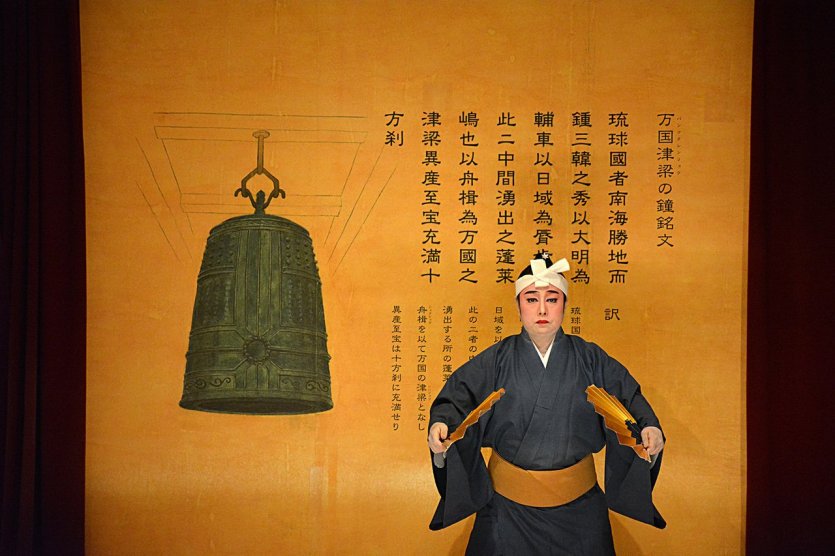
The Ryukyu Archipelago lies between the Satsunan Archipelago to the north and Taiwan to the south. Its various islands boast heavenly beaches and lush vegetation. It's the country's sun destination, with a subtropical climate that ensures pleasant temperatures all year round. The small islands of Miyako are renowned for their white sandy beaches and turquoise waters, while the islands that close the Yaeyama group attract lovers of traditional culture and jungle trekking. On the island of Okinawa, you'll want to head for the capital, Naha, to stroll through the markets and enjoy the gastronomic delights of the restaurants. Then head north to HIji Falls, to see the waterfall and bird-watch on a hike.
7- A tour of the Japanese Alps
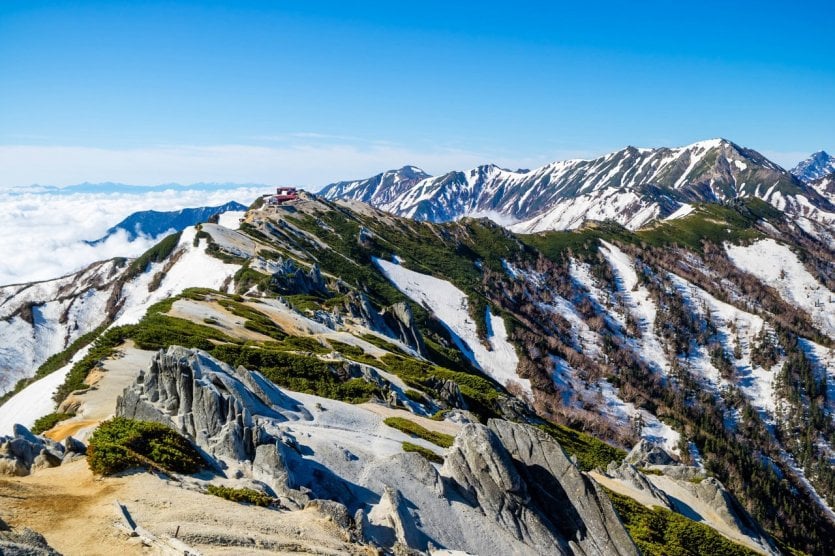
Chubu province is home to what are known as the Japanese Alps. These are three high mountain ranges in the center of the main island of Honshu. Mount Hida in the north, Mount Kiso in the center and Mount Akaishi in the south are home to many city dwellers and travelers in search of the great outdoors. The Japanese Alps offer breathtaking scenery and a rich historical heritage. Depending on the season, you can ski, as in the Takasu area, hike, as on the Tateyama Kurobe Alpine Road, or take in some interesting cultural sights, such as the beautiful Matsumoto Castle.
8- Miyajima, the sacred island
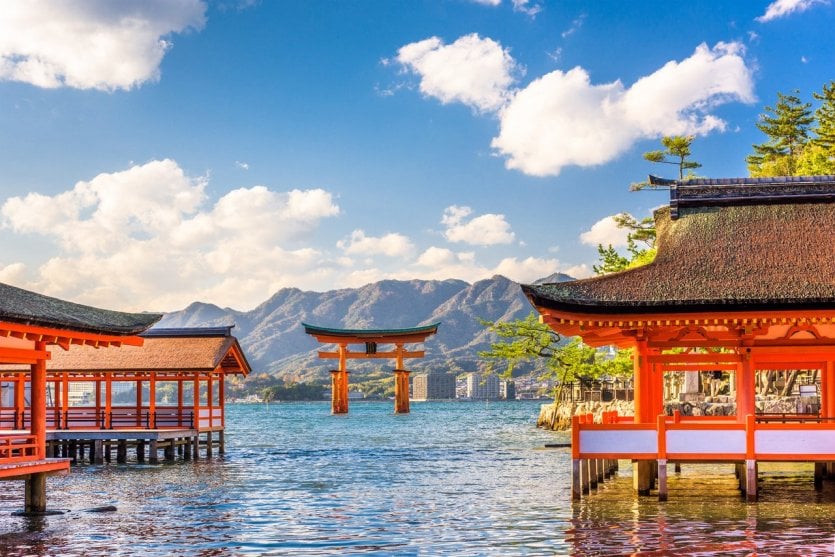
The island of Itsukushima, more commonly known as Miyajima, lies in Hiroshima Bay and is one of Japan's main tourist attractions. According to the Confucian philosopher Razan, it boasts one of the country's most beautiful sights, none other than the floating torii of Itsukushima Shrine, which was built in the sand and is a UNESCO World Heritage Site. It's worth taking the time to photograph it, whether at low or high tide, and to enjoy the many other experiences on offer during an island break. Take a stroll through Momijidani Park to admire its colors and temples, visit Senjokaku and its 5-storey pagoda, or hike to the heights of Mount Misen.
9- Osaka and its gastronomy
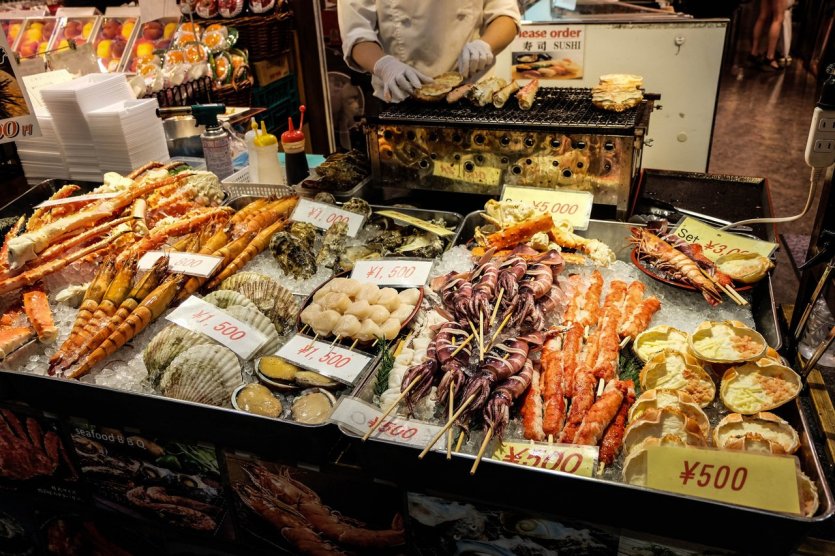
Japan's third-largest city is a must-see. It's an endearing and vibrant metropolis, best appreciated for its heritage. A streetcar ride will take you to the Shumiyoshi Taisha Shinto Shrine, before stopping off at the splendidOsaka Castle, first built in the late 16th century but destroyed and rebuilt several times. The ramparts and moat are still original, and the surrounding park is a pleasant place for a stroll in the greenery. The town is also a must-see for its gastronomy. Take the time to visit the Kuromon Ichiba market before strolling through the Namba or Shinsekai districts, for the pleasure of sitting down at a restaurant to enjoy the succulent local specialties. Osaka is also one of the 20 most beautiful cities in the world!
10- Nikko, Japan's other pearl
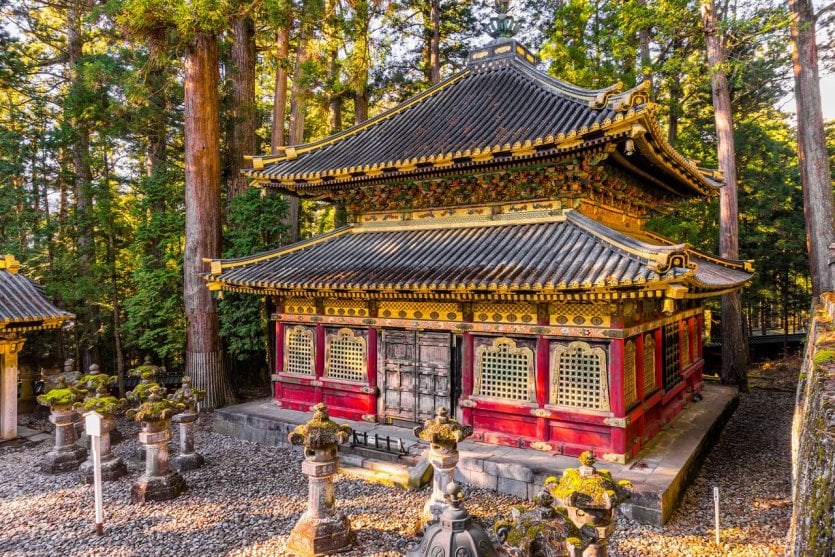
Nestled in the foothills of the mountains, the small town of Nikko is famous for its temples and shrines, some of the finest in the country and a UNESCO World Heritage Site. The national park in which the city is located is a splendid natural setting where you can stroll through a forest of thousand-year-old cedars, stop off at a peaceful lake such as Chuzenji, or bathe in the onsens after a few hours' walk. For this, don't hesitate to visit the spa town of Yumoto, whose hot springs are a delight to visitors and a call to relaxation.
If you'd like to book a tailor-made tour of the city to suit your interests, click here and discover our partner's special rates!
11- Kyushu, island of a thousand faces
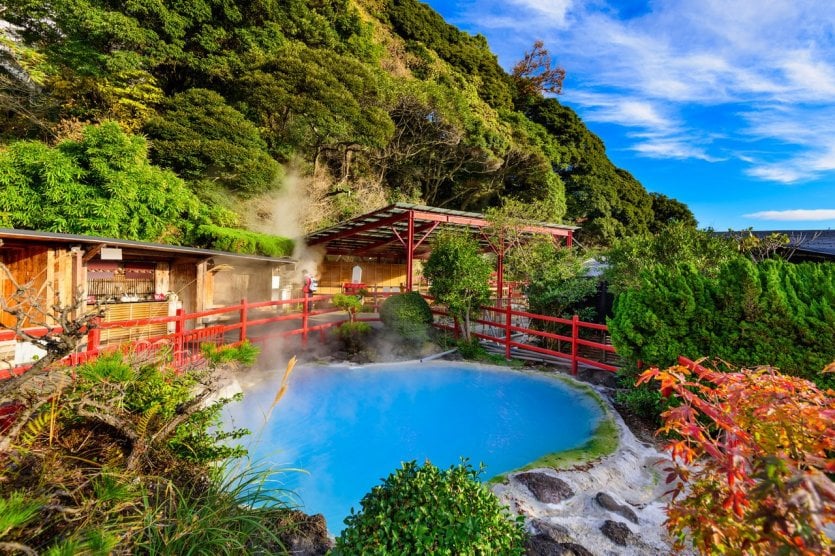
Kyushu is the southernmost of Japan's four main islands . It offers a wide range of experiences and delights visitors from all walks of life. It starts with a visit to Fukuoka, a city where life is good and the food is good. The small town of Ukiha is fascinating, with its string of vermilion torii, handicraft stores, vineyards and rice fields. Beppu boasts eight steaming hot springs, which can be admired and supply the Japanese thermal baths in its many establishments. The island also boasts a number of must-see natural attractions. Hire a boat to explore the Takachiho Gorge, carved out of volcanic rock, or head up to the Kirishima Mountains to see the magnificent Lake Onami, set in a crater and offering breathtaking views of the surrounding mountains.
12- Visit Nara's must-see temples
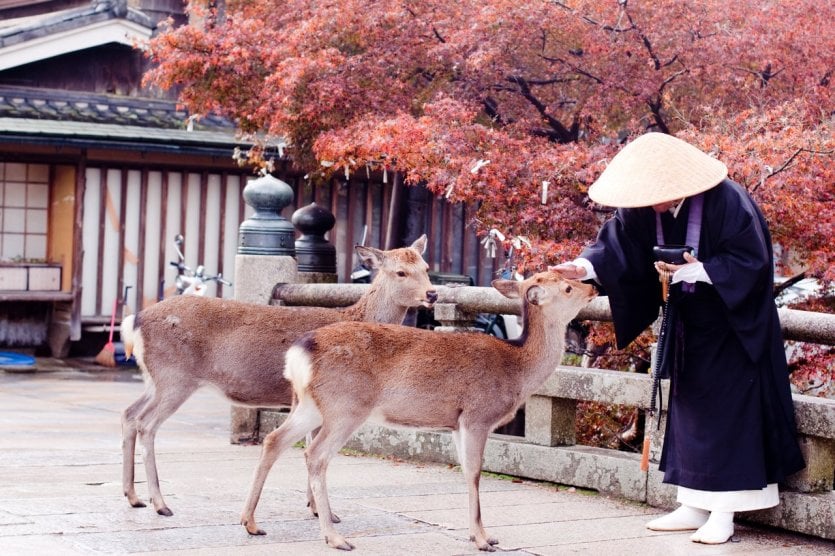
Renowned for its incredible heritage, Nara is a small town that still conceals many architectural and historical treasures, including seven UNESCO World Heritage sites dating back to the 8th century, when it was the capital of Japan. Most of the temples and shrines are located in or near the vast Nara Park, so most sites can be explored on foot in a day. You may even spot deer strolling through Nara Park, home to the T?dai-ji temple.
13- Admire Himeji Castle in Hy?go
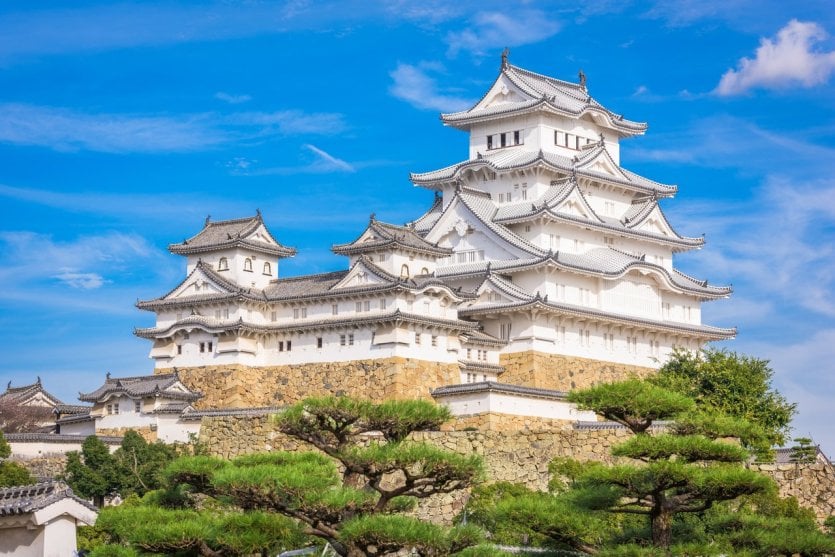
Welcome to medieval Japan! The town of Himeji is home to Himej Castle, a majestic feudal castle and one of the best preserved in Japan. During the Second World War, the castle was saved from bombing by local residents, who covered it with a large black sheet so that, from the air, bombers would have the impression of flying over a large lake. The latter has been on UNESCO's World Heritage List since 1993, as "the most perfect expression of early 17th-century castle architecture in Japan". Keep your eyes peeled, because before you reach Himeji, you'll pass the Akashi Kaiky? bridge. At 3,910 m long, it is the longest suspension bridge in the world.
14- Escape to Hokkaido Island
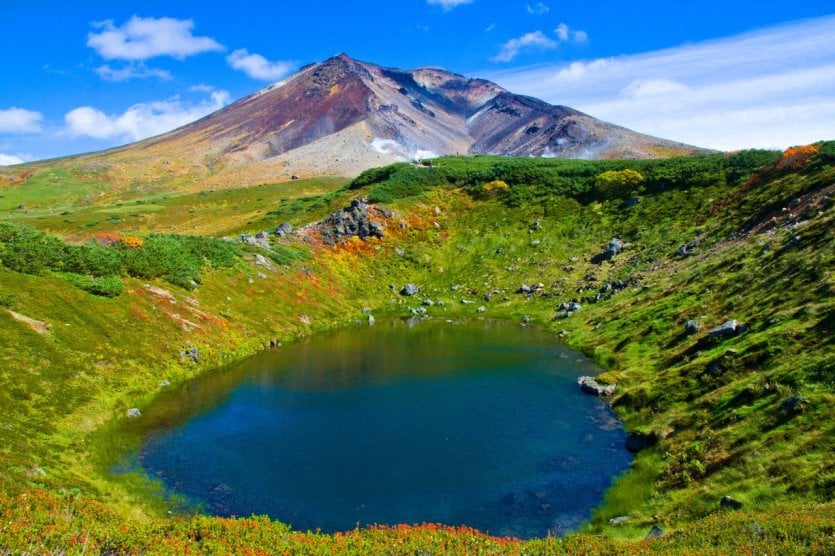
Considered a true paradise, Hokkaido is an island of unspoilt natural beauty. Covering almost three-quarters of its territory in forest, it is a popular tourist destination for its wide open spaces, ski resorts and natural parks. Get ready to contemplate sumptuous landscapes, set against a backdrop of mountain ridges, volcanic lakes, plains and azure waters. In its central part, it features a large mountain range from which various chains rise, ending in coastal plateaus.
15- Take a break by the ocean in Kamakura
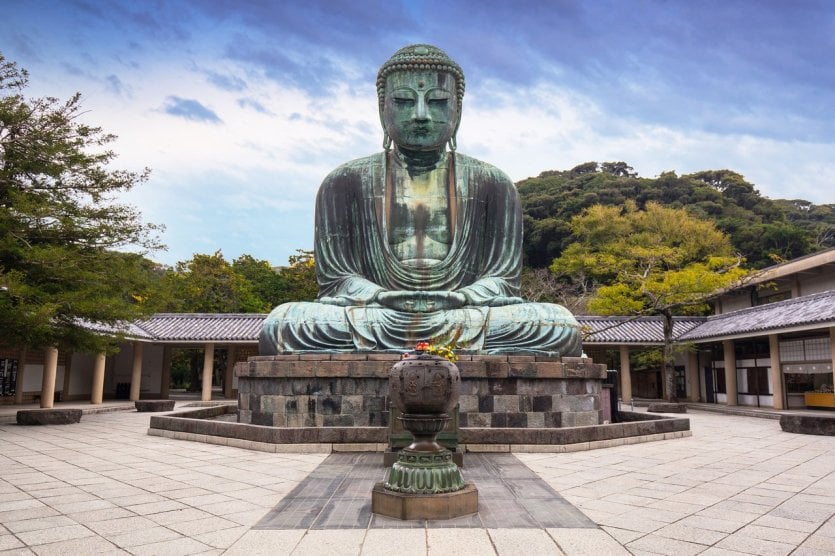
Located some 50 km southwest of the Japanese capital, Kamakura overlooks Sagami Bay, with its back to Tokyo Bay. Its magnificent wooded hills are home to numerous Buddhist temples and Shinto shrines. Kamakura has gradually become a favorite holiday destination for Tokyoites , who flock here at weekends to enjoy its grey-sand beaches. So it's best to visit during the week, for a day or two. It's a must for those staying a few days in Tokyo, who want to get away from it all while discovering some of the treasures of ancient Japan.
16- Attend a tea ceremony
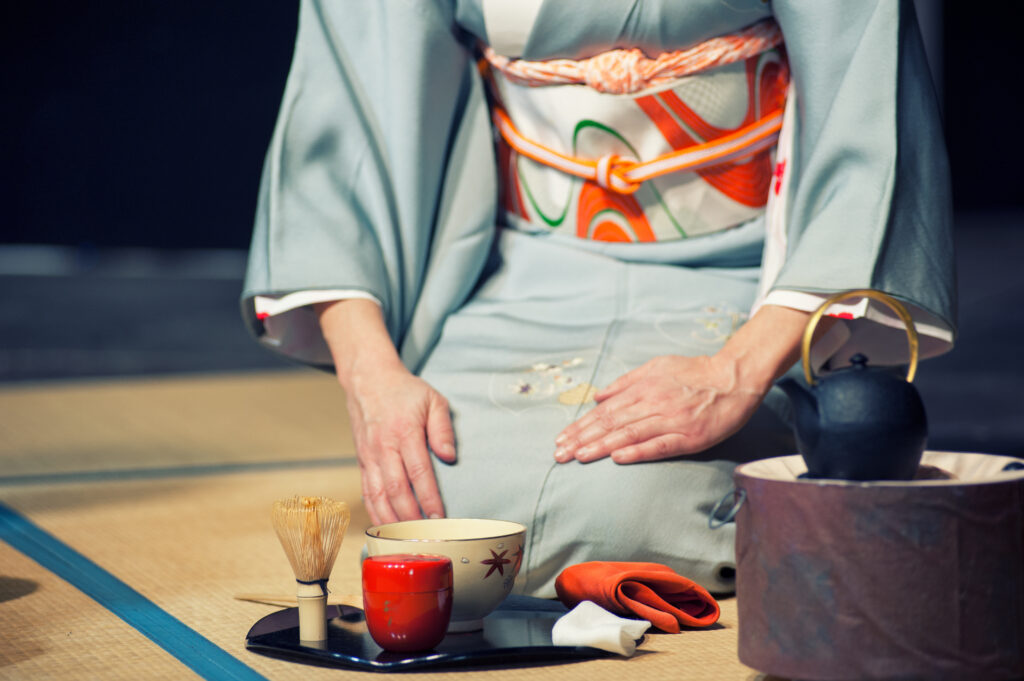
To take part in a tea ceremony in Japan is to immerse yourself in the calm, traditional world of Japan. This unique experience is more than just a tea tasting: it's an invitation to serenity. In a small, traditional salon, you'll observe how green tea, known as matcha, is prepared with fascinating precision and grace. It's all in the detail, from the preparation of the water to the way the tea bowl is held and turned. It's an opportunity to slow down and appreciate the moment, letting yourself be enveloped by the harmony and beauty of the environment. Even if you know nothing about Japanese tea, this experience will leave you with a lasting memory of inner peace and the Japanese art of living. Book your access to a Japanese tea ceremony in Kyoto !
17- Visit the historic town of Kanazawa
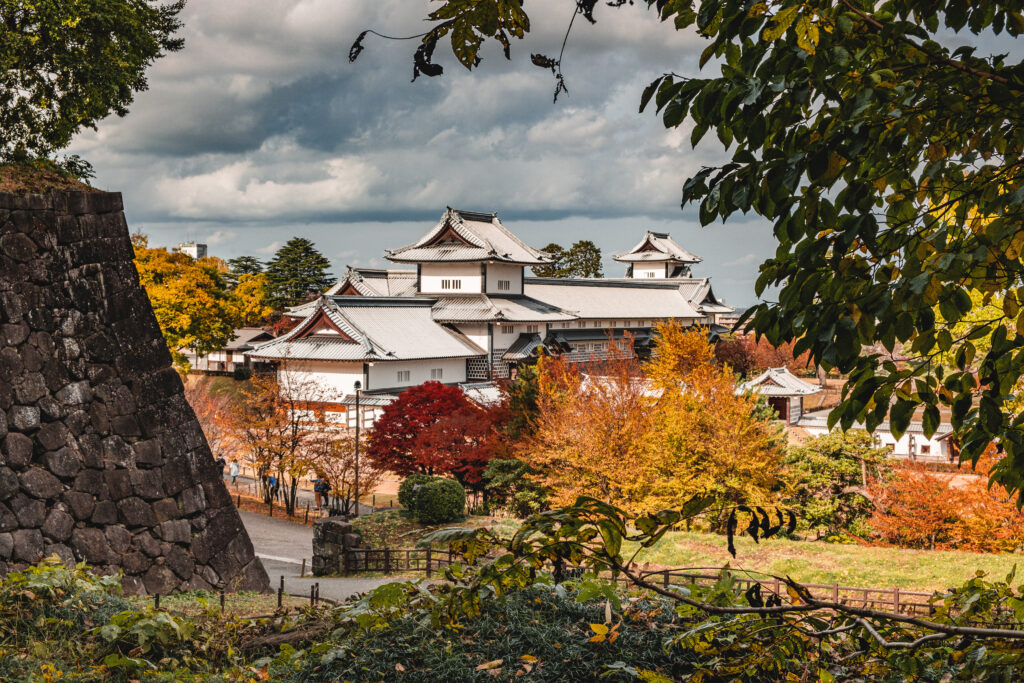
This town, preserved from unbridled modernism, is a vestige of the past where time seems to have stood still. As you stroll around, you'll discover samurai quarters with old houses, traditional gardens that are among the most beautiful in Japan, and artisan districts where skills are passed down from generation to generation. Kenroku-en, one of Japan's three great gardens, is a must-see, with its ponds, stone bridges and carefully trimmed trees. Kanazawa is also famous for its fish market, which rivals that of Tokyo. From contemporary art museums to handicraft stores, there's something to discover around every corner. Kanazawa invites you to savor the richness of Japanese culture in all its splendor! Kanazawa is also known as a great alternative to mass tourism!
18- Exploring Takayama
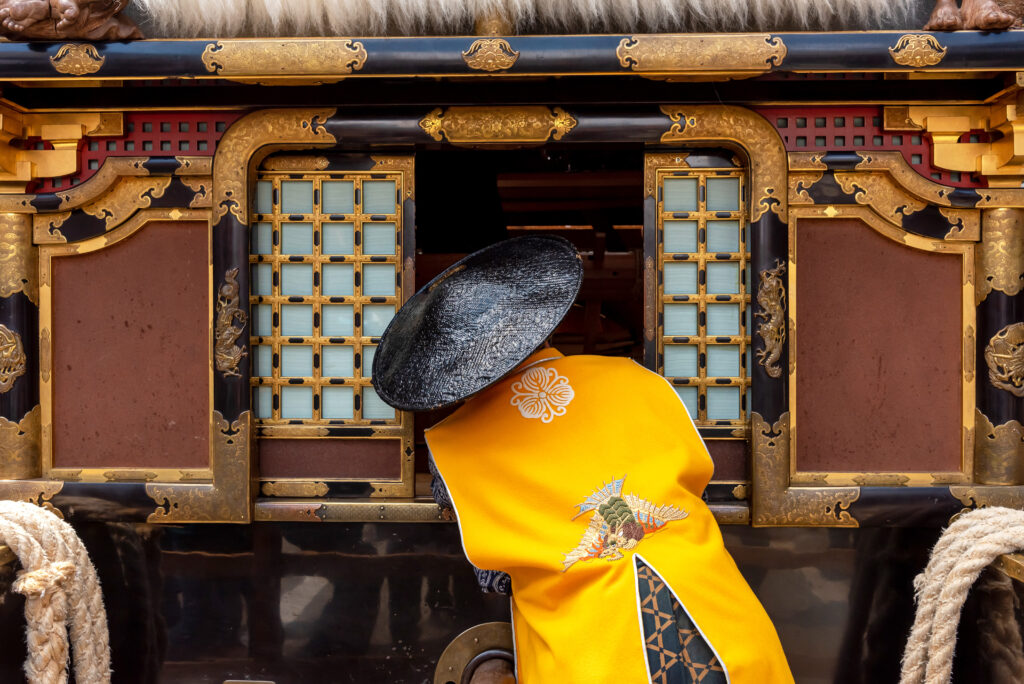
Takayama, a small town nestled in the mountains, is a great way to explore authentic Japan. Here, the streets and traditional wooden houses transport you straight back to the Edo period. As you stroll around, you'll be charmed by local craft stores and sake breweries, where tasting this beverage is a must. Twice a year, Takayama comes alive with its festival, one of the finest in Japan, attracting visitors for its floats and magic lanterns. Don't miss the morning market, a perfect place to sample fresh local produce and feel the pulse of the city. Takayama is also the ideal starting point for excursions into the Japanese Alps.
19- Visit Shirakawa-go
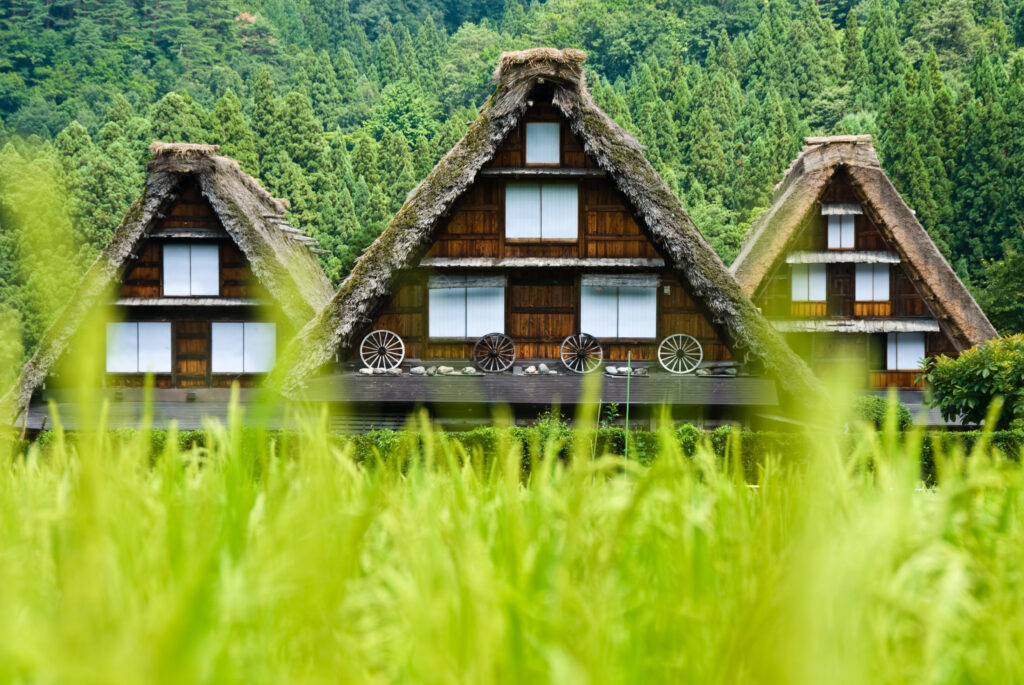
Shirakawa-go, a World Heritage village, is famous for its traditional thatched houses, called gassho-zukuri, which means "built like praying hands". These unique structures, designed to support the weight of snow in winter, make for an enchanting sight, especially under a white coat. Shirakawa-go is not only a feast for the eyes, it's also a golden opportunity to discover the traditional Japanese way of life. Visitors can even stay in some of these houses, for an immersive experience. Each season brings its own charm to Shirakawa-go, from cherry blossoms in spring to colorful autumn leaves. Book your day trip to Shirakawa-go village and UNESCO Takayama !
20- Watch a sumo wrestling match
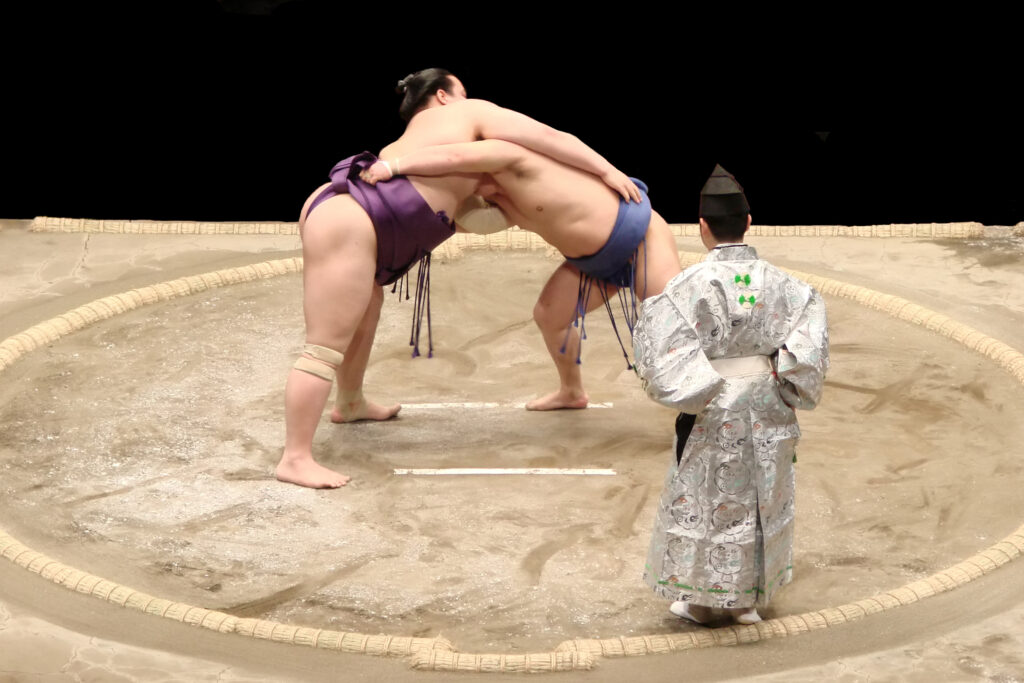
Attending a sumo wrestling match is a purely Japanese experience, steeped in history and tradition. Immerse yourself in an arena, surrounded by the excitement of the audience as two wrestlers, or sumotoris, enter the dohyo (sumo ring). These athletes, impressive for their size and strength, practice a sport where strategy and ceremony play as important a role as physical power. Before the fight, witness ancestral rituals such as the throwing of salt to purify the ring. Each confrontation is fast-paced, sometimes over in a matter of seconds, but the intensity is palpable. To experience a sumo tournament is also to discover a part of Japanese culture rarely seen elsewhere, where respect and tradition mingle with the practice of sport. Take the experience to the extreme by attending a Sumo sumo training with Hot Pot !
21- Shopping in Shibuya and Harajuku, Tokyo
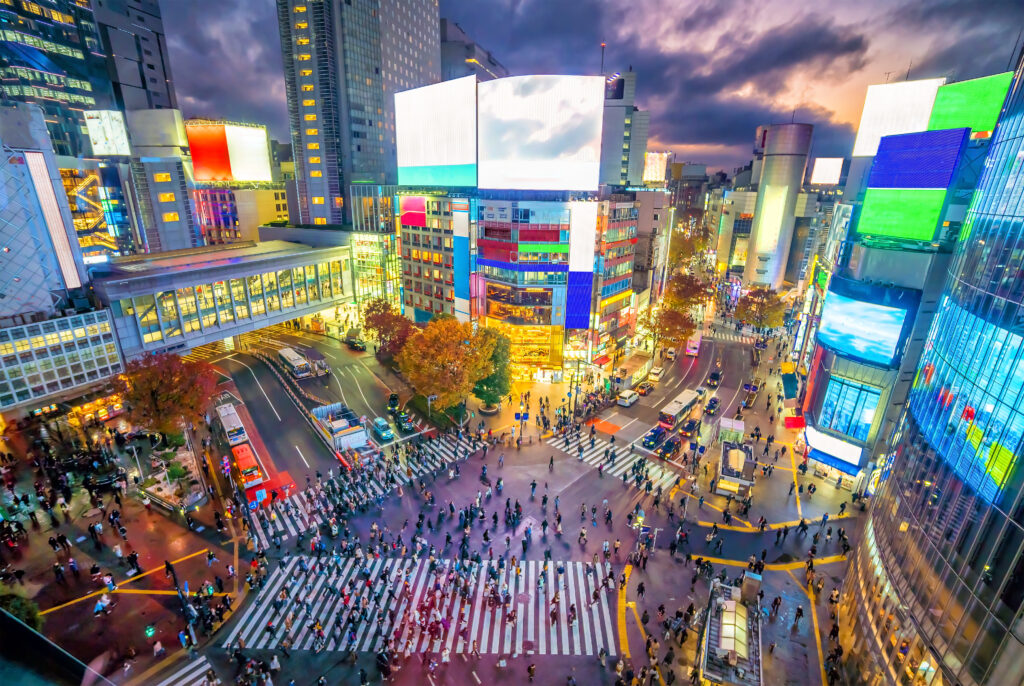
Shopping in Tokyo's Shibuya and Harajuku districts means diving into the heart of Japanese fashion and youth culture. Shibuya, with its famous pedestrian walkway, is the place to find the latest trends, from trendy boutiques to huge shopping malls. Here, you can find everything from high-tech gadgets to clothes. Harajuku, especially Takeshita Street, is a paradise for lovers of unique and eccentric styles. It's the perfect place to discover the fashions of young Tokyoites and maybe even adopt a bit of their bold style. In between, you'll discover themed cafés and spaces dedicated to Japanese pop culture. If you're in the mood for an original Tokyo experience, book a Car Meet during which you'll discover Japanese car culture and the highlights of Tokyo.
Interested in Japan? Check out our 10 must-do activities in Japan!
When to go to Japan?
Spring and autumn are the peak tourist seasons in Japan, so it's at this time of year that hotel rates are at their highest, and since accommodation is the biggest budget expense in Japan, it can be worthwhile to go off-season to save money. To avoid the busiest periods and pay less, the best time to travel to Japan is late November-early December, late February-early March, or late May and June, i.e. during Japan's low tourist season. Note that if you travel to Japan in spring, you'll be able to attend Hanami, the festival that celebrates cherry blossom throughout the country, and more generally the arrival of spring. To find out more, click here!
What's not allowed in Japan?
Beware: the Japanese are very strict about rules of decorum in public places! It's best to know a few of them to avoid making any mistakes.
- Don't talk too loudly in the street
- Don't blow your nose in public
- Don't be too affectionate with your partner in public!
- Avoid eating and drinking in the street
- Don't smoke just anywhere in the street - there are special smoking areas
- Remember to take off your shoes when entering a house or temple
To find out more, read our article on the subject: 10 things to know before going to Japan.
What's the most beautiful place in Japan?
Mount Fuji, without a doubt! If you have the opportunity (and the motivation!), we recommend you make the ascent at night, to admire the sunrise from the summit of the mountain. To find out more, visit our dedicated page!
What's the best way to visit Japan?
If this is your first trip, the best way is to visit Tokyo, Kyoto and Nara in one week. If you have more time, you can add Osaka and Hiroshima to the program.
On site, we recommend you take the train to get around. Japan's rail network is one of the best in the world, serving the whole country. The Japan Rail Pass is a great way to save money if you're planning several train journeys. If you're on a tight budget, there are also plenty of buses to get you around the country.
If you're not sure where to start planning your trip, we recommend using our tailor-made Petit Futé guide. It will help you draw up an itinerary to suit your desires and the time you have available! Also check out our dedicated article on the 10 must-do activities in Japan to help you make your choice.
Tempted by a stay in Japan? Take advantage of a discount by booking your travel insurance here, and leave with peace of mind!


